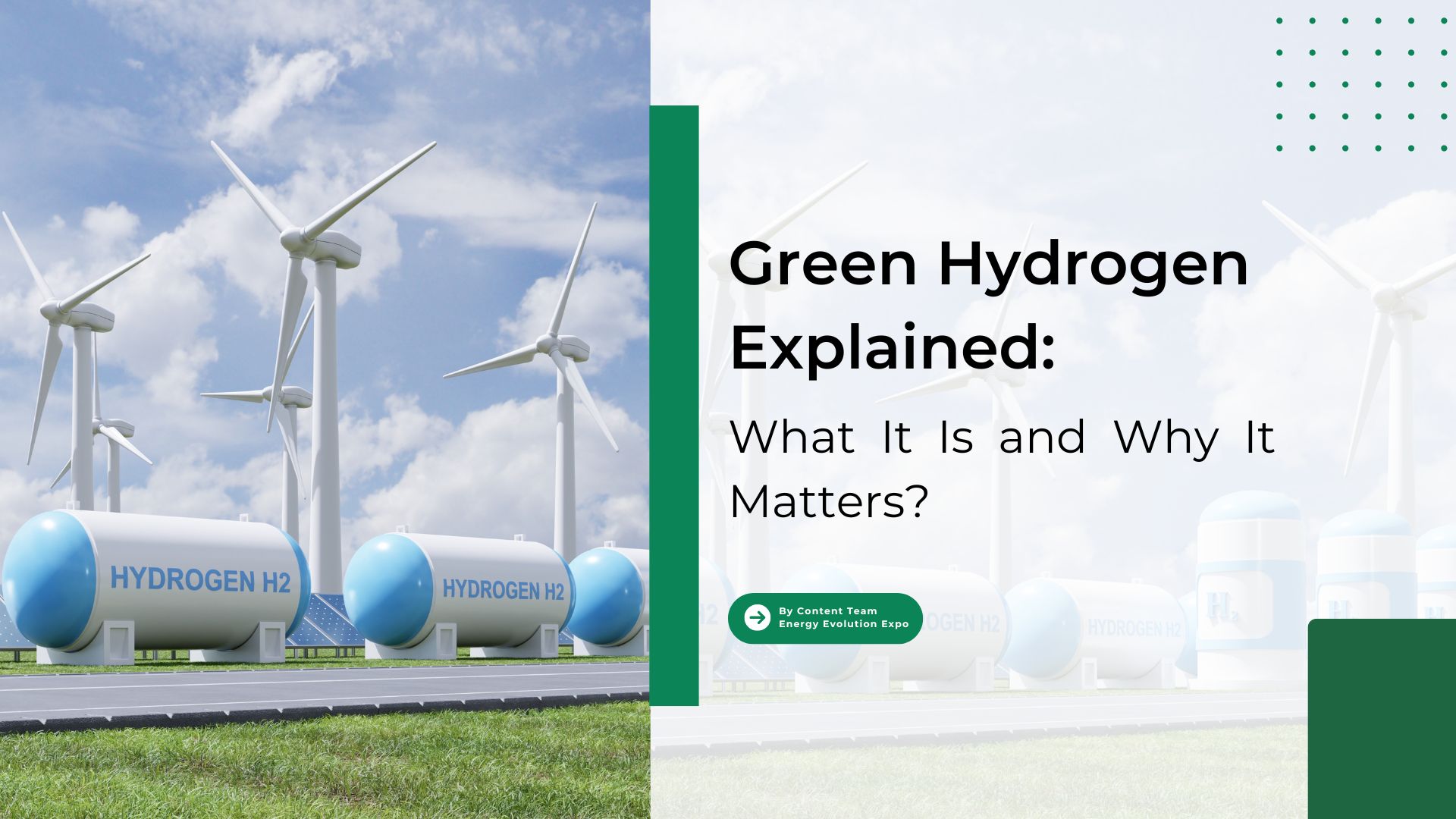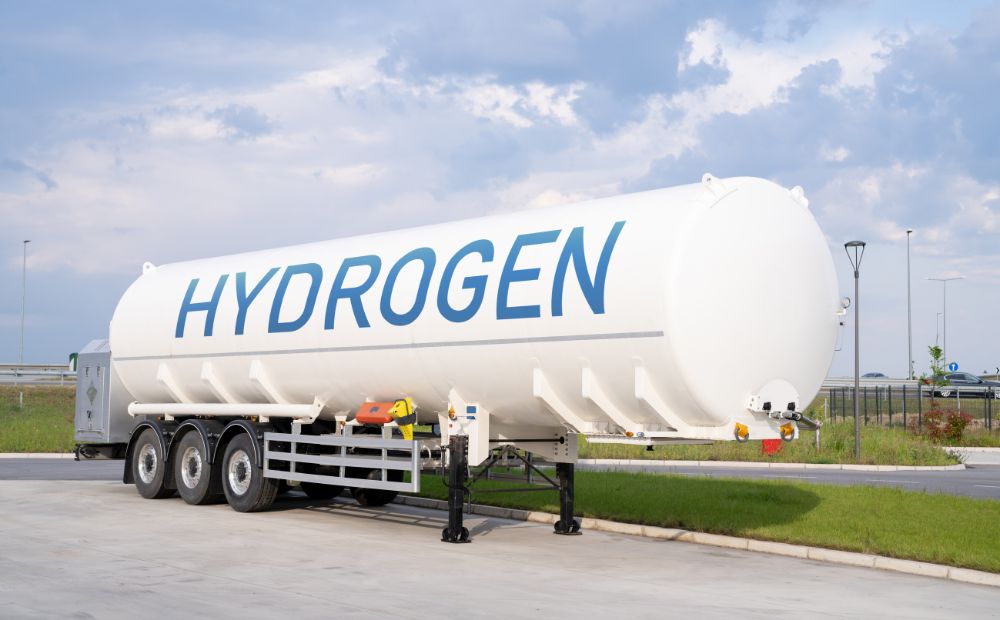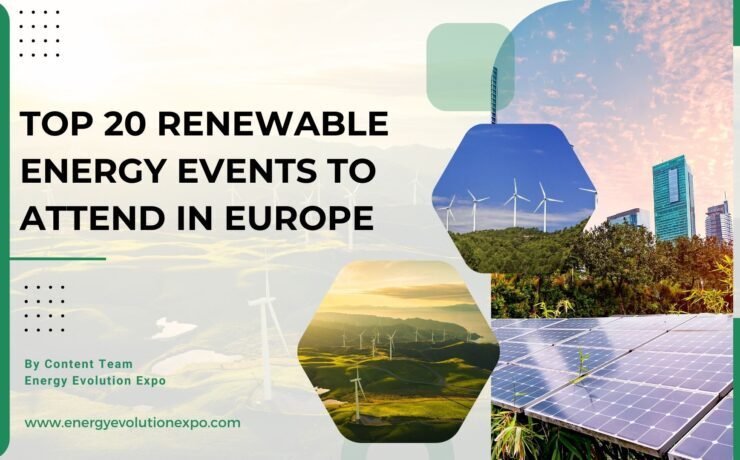Green Hydrogen Explained: What It Is and Why It Matters?

Hydrogen is the most abundant chemical element on Earth, constituting 75% of matter. However, it is rarely found in isolation, typically existing in combination with other elements like oxygen in water or carbon in organic compounds. Historically, hydrogen has been used as a raw material in the chemical industry, metallurgy, and as a fuel.
Because pure hydrogen does not occur naturally, it must be produced. The method of production determines whether the hydrogen is a clean and sustainable fuel. Green hydrogen is produced without generating pollutant emissions, making it a sustainable option. It is being promoted as a vital energy source for achieving global decarbonization and meeting the climate change commitments set for 2050.
Hydrogen, the simplest and lightest chemical element with atomic number 1, can be stored and does not emit pollutants, making it an ideal fuel candidate. However, it is not a primary energy source but an energy carrier, requiring production through chemical processes. While hydrogen can be renewable, this depends on the method of extraction.
Current production methods include molecular transformation, which uses high-temperature water vapor to reform natural gas, producing hydrogen and carbon dioxide; gasification, which burns coal or biomass to generate hydrogen and carbon monoxide; and water electrolysis, which splits water into hydrogen and oxygen using electricity. When electrolysis is powered by renewable energy, it is the most sustainable production method.
The Three Shades Of Hydrogen
The Three Shades Of Hydrogen:
Hydrogen is the most abundant element in the universe, making up about 75% of its elemental mass. It’s a versatile energy carrier, meaning it can store and deliver energy in a usable form. However, hydrogen doesn’t exist in its pure form naturally; it’s always combined with other elements, like oxygen in water (H₂O) or carbon in methane (CH₄).
1. Grey Hydrogen: This is the most common form of hydrogen production today. It’s produced from natural gas or methane through a process called steam methane reforming (SMR). Unfortunately, this process emits a significant amount of carbon dioxide (CO₂), contributing to global warming.
2. Blue Hydrogen: Similar to grey hydrogen, blue hydrogen is also produced from natural gas. However, the CO₂ emissions are captured and stored underground in a process known as carbon capture and storage (CCS). While this reduces the carbon footprint, it’s not entirely carbon-free.
3. Green Hydrogen: This is the cleanest form of hydrogen. It’s produced by splitting water into hydrogen and oxygen using an electrolyzer powered by renewable energy sources like wind, solar, or hydroelectric power. The process, known as electrolysis, produces zero CO₂ emissions, making green hydrogen a truly sustainable option.
The Expected Potential of Green Hydrogen
The Expected Potential of Green Hydrogen:
Green hydrogen holds immense potential as a key player in the transition to a low-carbon economy. Here are some of the reasons why green hydrogen is being hailed as the future of clean energy:
1. Zero Emissions: Since green hydrogen is produced using renewable energy and water, its production process is completely free of greenhouse gas emissions. When used, hydrogen only produces water vapor, making it an environmentally friendly fuel.
2. Energy Storage: One of the significant challenges with renewable energy sources like solar and wind is their intermittency – they don’t produce energy all the time. Green hydrogen can act as a storage solution, capturing excess energy when production is high and releasing it when needed.
3. Versatility: Hydrogen can be used in various sectors, from powering vehicles and heating homes to fueling industrial processes. Its versatility makes it an attractive option for decarbonizing multiple industries simultaneously.
4. Decentralized Production: Green hydrogen can be produced locally, reducing the need for long-distance transportation and associated infrastructure. This decentralization can enhance energy security and resilience.
Challenges and Opportunities
While the potential of green hydrogen is immense, there are several challenges that need to be addressed to realize its full benefits:
1. Cost: Currently, green hydrogen production is more expensive than grey or blue hydrogen due to the high costs of electrolyzers and renewable energy. However, with technological advancements and economies of scale, costs are expected to decrease significantly in the coming years.
2. Infrastructure: Developing the infrastructure for hydrogen production, storage, and distribution is a significant undertaking. Investment in pipelines, refueling stations, and storage facilities is crucial for the widespread adoption of hydrogen.
3. Policy and Regulation: Governments play a critical role in shaping the hydrogen economy through supportive policies and regulations. Incentives, subsidies, and standards for hydrogen production and usage are necessary to drive growth and investment in the sector.
4. Public Perception: Building public trust and awareness about the benefits and safety of hydrogen is essential for its acceptance. Education and outreach efforts are needed to address concerns and misconceptions.
Current Global Landscape
The future of green hydrogen looks promising, with many experts predicting that it will play a vital role in achieving global climate goals. As technology advances and costs decrease, green hydrogen is expected to become a more viable and widespread energy solution. Collaboration between governments, industries, and research institutions will be key to overcoming challenges and unlocking the full potential of green hydrogen.

Several countries and regions are investing heavily in green hydrogen projects and initiatives, recognizing its potential to transform the energy landscape. Let’s take a look at some notable examples:
1. Europe: The European Union (EU) has set ambitious targets for green hydrogen production as part of its European Green Deal. The EU aims to install at least 6 gigawatts (GW) of renewable hydrogen electrolyzers by 2024 and 40 GW by 2030. Countries like Germany, the Netherlands, and Spain are leading the charge with significant investments in hydrogen infrastructure and research.
2. Asia: Japan and South Korea are at the forefront of hydrogen adoption in Asia. Japan has set a goal to become a “hydrogen society” by 2050, with plans to use hydrogen extensively across various sectors. South Korea, meanwhile, has unveiled a Hydrogen Economy Roadmap, aiming to produce 6.2 million hydrogen fuel cell vehicles and build 1,200 refueling stations by 2040.
3. Australia: With its abundant renewable energy resources, Australia is positioning itself as a major player in the global hydrogen market. The country is investing in large-scale green hydrogen projects, such as the Asian Renewable Energy Hub, which aims to produce hydrogen for both domestic use and export.
4. Middle East: Countries like Saudi Arabia and the United Arab Emirates are exploring green hydrogen as part of their efforts to diversify their energy portfolios. Saudi Arabia’s NEOM project includes plans for a massive green hydrogen plant powered by solar and wind energy.
In conclusion, green hydrogen represents a beacon of hope in the fight against climate change. Its ability to provide clean, versatile, and sustainable energy makes it a critical component of the global transition to a low-carbon economy. As we move forward, embracing and investing in green hydrogen will be essential for building a more sustainable and resilient future for generations to come.
We need to keep up with all recent innovations to reap maximum benefits and to facilitate a better understanding of the latest developments and trends in the Renewable energy Industry, various Conferences and Expos, which bring Industry leaders together, serve as an all-inclusive platform.
The Energy Evolution Awards, Conference, and Expo organized by Next Business Media is making its debut in Spain in 2025. It will be a leading forum dedicated to honoring excellence in Energy Technology, showcasing innovations, and fostering collaborations. The events unite industry leaders, and visionaries to explore the latest advancements, tackle key challenges, and shape the future of Energy.
The Energy Evolution Awards, Conference, and Expo will celebrate outstanding achievements, promote sustainable practices, and drive the Energy Industry forward into a technologically advanced sustainable era. Energy Evolution Awards, Conference, and Expo will be a platform for cultivating innovation and shaping a brighter, more efficient energy landscape.





